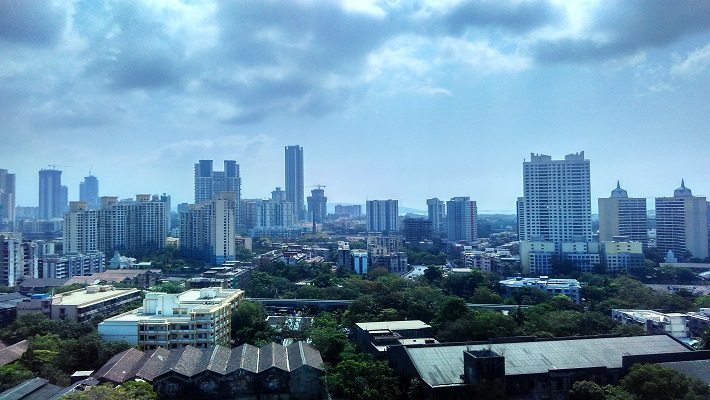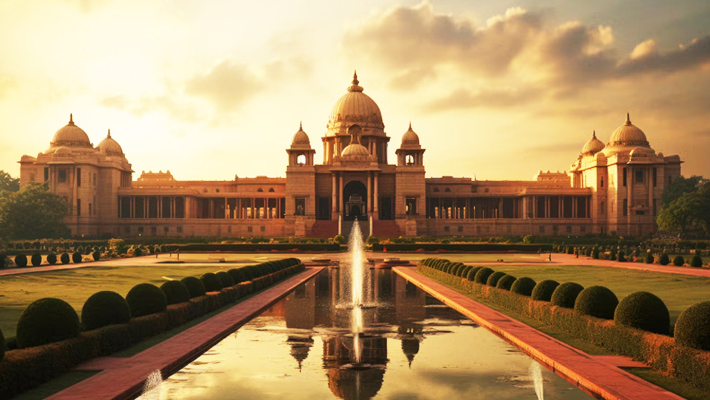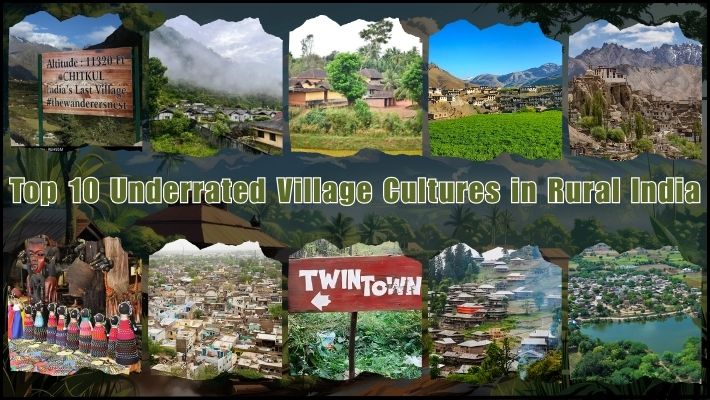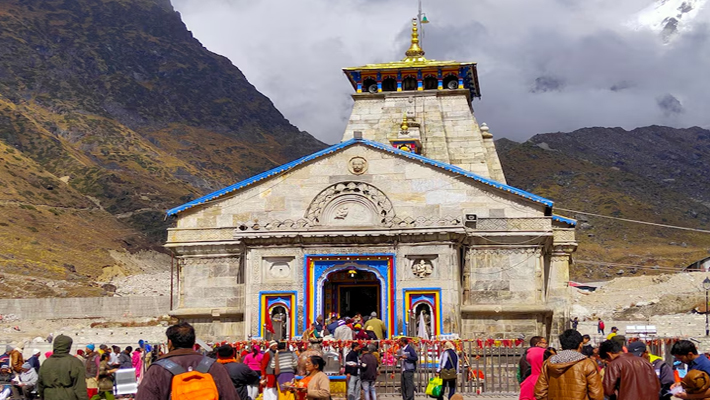
By attracting new businesses and investments, expanding job opportunities, and developing new housing developments, reverse urbanisation is changing the landscape of small towns. These cities are also developing a dynamic culture as new eateries, cafes, museums, and galleries begin to appear. This change is benefiting residents and companies economically, strengthening communities, and protecting natural resources. let us examine how the landscapes of tier 2 and tier 3 cities are improving as a result of reverse urbanisation.
Many leave their little villages behind when they relocate to cities in search of more adventurous lifestyles and better career prospects. Yet lately, the trend has been changing as more people move away from cities and towards the beauty and charm of small communities. Reverse urbanisation is an amazing phenomena that has the potential to transform small towns in interesting ways.
New cultural opportunities
Increasingly people are relocating to rural areas from cities, placing stress on local infrastructure and services. a rise in companies serving rural interests, like craft breweries and outdoor retailers a rise in cultural events as newcomers introduce their own hobbies and viewpoints to the community. Small-town residents will have more economic opportunities as a result of these developments, along with exciting new cultural opportunities. You probably know what it's like to watch businesses come and go if you are from a small town, but reverse urbanisation is changing that tendency. Local businesses are thriving as more individuals want to live in rural areas again.
More clients when more people return to small towns, they frequently shop there, boosting the economy of the neighbourhood shops and eateries. Fewer major chains around means that small company owners do not have to fight for customers with huge conglomerates. Customers in small towns value having convenient access to facilities like apparel stores, supermarkets, and dining options. Local businesses benefit from an advantage that their far-off rivals cannot match thanks to these nearby possibilities. Hence, reverse urbanisation is assisting small-town firms in maintaining their viability in a time when larger rivals represent a real threat. Reverse urbanisation may save many towns from economic collapse by rekindling interest in rural life and reviving a feeling of community pride.
More goods sourced locally
Small communities have a potential to become more self-sufficient thanks to reverse urbanisation. Having the ability to produce their own things locally, residents of tiny towns no longer require as many materials or outside resources. As a result, there is a reduction in the use of mass-produced goods from big cities and corporations and an increase in goods sourced locally. This change has many advantages. There is greater control over the products that are made available. Small towns have control over their own destinies by being able to decide for themselves what kinds of food and goods are offered and what standards should be followed. It also promotes local entrepreneurs and small businesses. Local company owners have the chance to establish themselves by becoming suppliers for-their regional markets-this encourages the expansion of more neighbourhood businesses and employment possibilities. Small towns are better able to withstand economic downturns because they are less dependent on other towns or corporations for their survival when they have access to more locally supplied goods. Reverse urbanisation is altering small towns' operations and enabling them to give their population access to higher-quality items produced nearby, which will lead to a more affluent future for all citizens.
Revitalization of ageing structures and communities Old homes and neighbourhoods in small towns have been revitalised as a result of reverse urbanisation. Little towns' long-forgotten infrastructure and housing stock are now being renovated as businesses start to reopen there. This approach frequently includes restoring historic architecture and features, including grand theatres, colourful Victorian-era buildings, brilliant street signs, and other historical structures that once helped define a town's culture. Reverse urbanisation gives a town a sense of identity by retaining these historical features, which might attract new enterprise. At the same time, it is encouraging as the opening of new establishments that serve a more contemporary clientele, such as bistros, bars, and boutiques. This facilitates creation. Reverse urbanisation is an effective strategy for assisting rural and small towns in understanding the changing environment and preparing for the future. It enables towns to benefit from new ideas, technology, and innovations while helping them concentrate on the important things like creating jobs, diversifying the economy, and maintaining their rural character. The future of these towns will be brighter than ever as more individuals and businesses move to rural areas.







